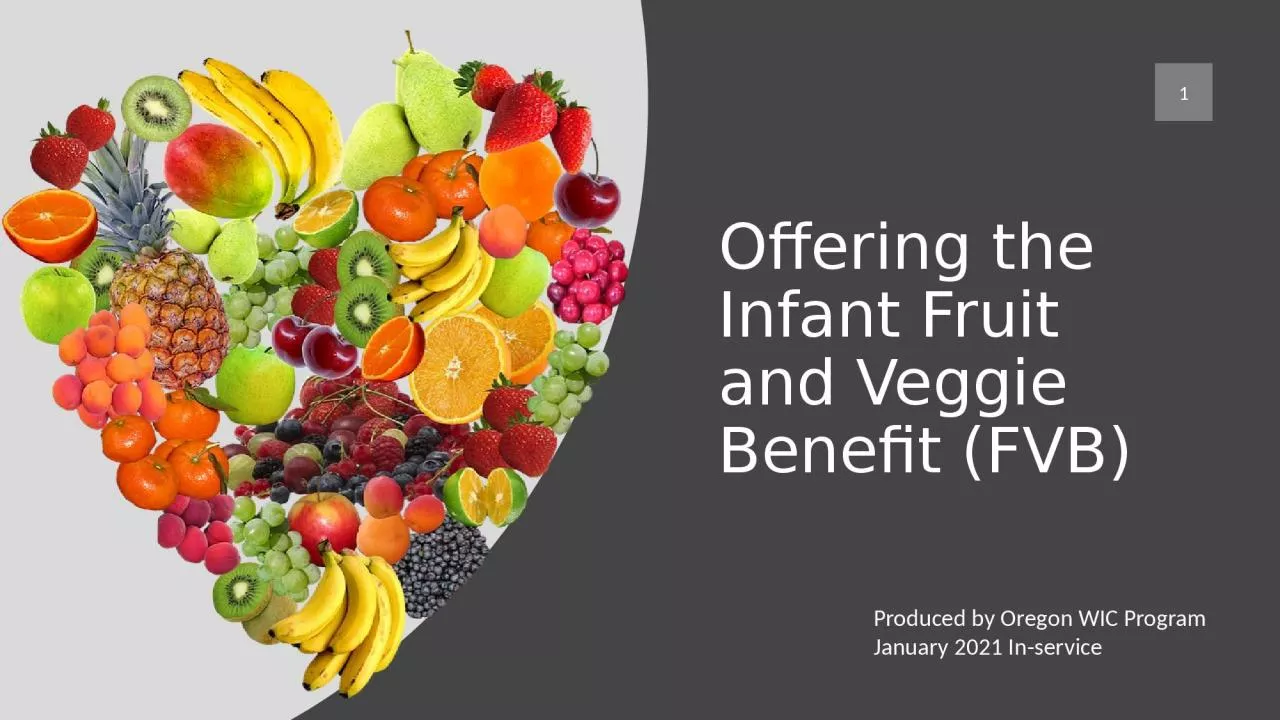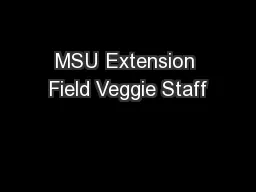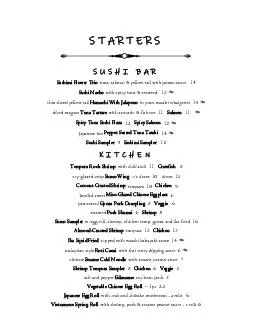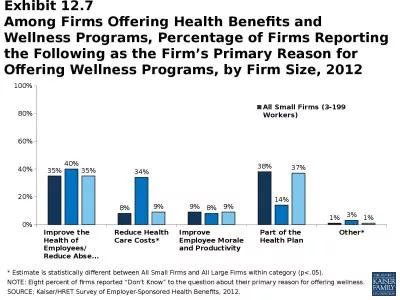PPT-Offering the Infant Fruit and Veggie Benefit (FVB)
Author : WonderfulWarrior | Published Date : 2022-08-03
1 Produced by Oregon WIC Program January 2021 Inservice The Infant FVB We would love to increase participation in the Infant FVB Fruit and Veggie Benefit After
Presentation Embed Code
Download Presentation
Download Presentation The PPT/PDF document "Offering the Infant Fruit and Veggie Ben..." is the property of its rightful owner. Permission is granted to download and print the materials on this website for personal, non-commercial use only, and to display it on your personal computer provided you do not modify the materials and that you retain all copyright notices contained in the materials. By downloading content from our website, you accept the terms of this agreement.
Offering the Infant Fruit and Veggie Benefit (FVB): Transcript
Download Rules Of Document
"Offering the Infant Fruit and Veggie Benefit (FVB)"The content belongs to its owner. You may download and print it for personal use, without modification, and keep all copyright notices. By downloading, you agree to these terms.
Related Documents













![[DOWNLOAD] Veggie Lean in 15: 15-minute Veggie Meals with Workouts](https://thumbs.docslides.com/881072/download-veggie-lean-in-15-15-minute-veggie-meals-with-workouts.jpg)
